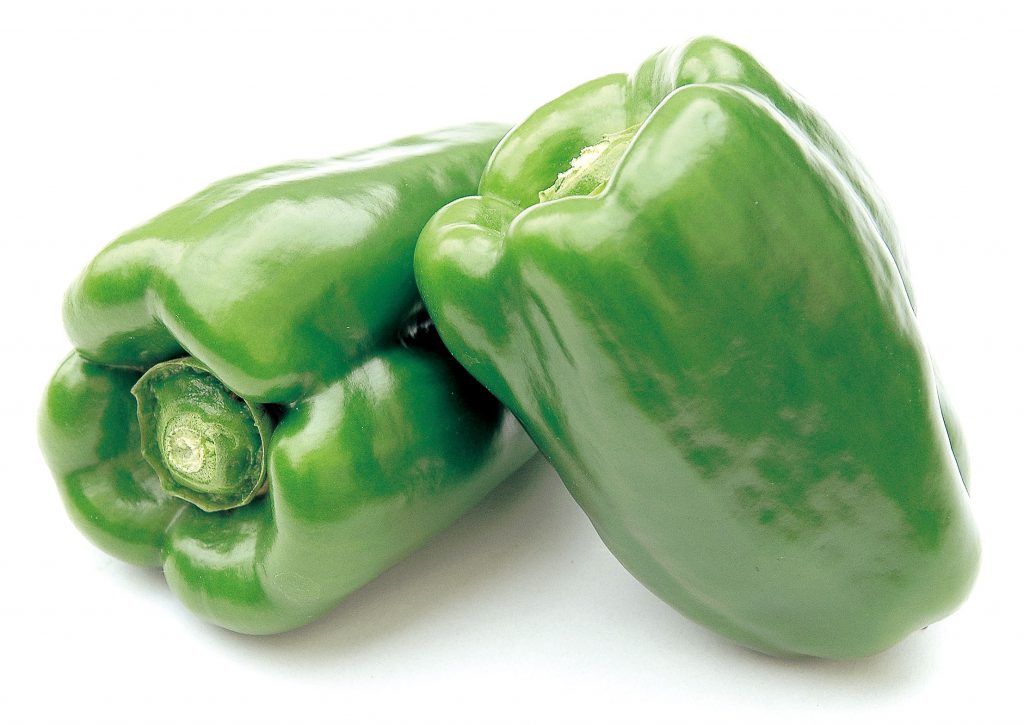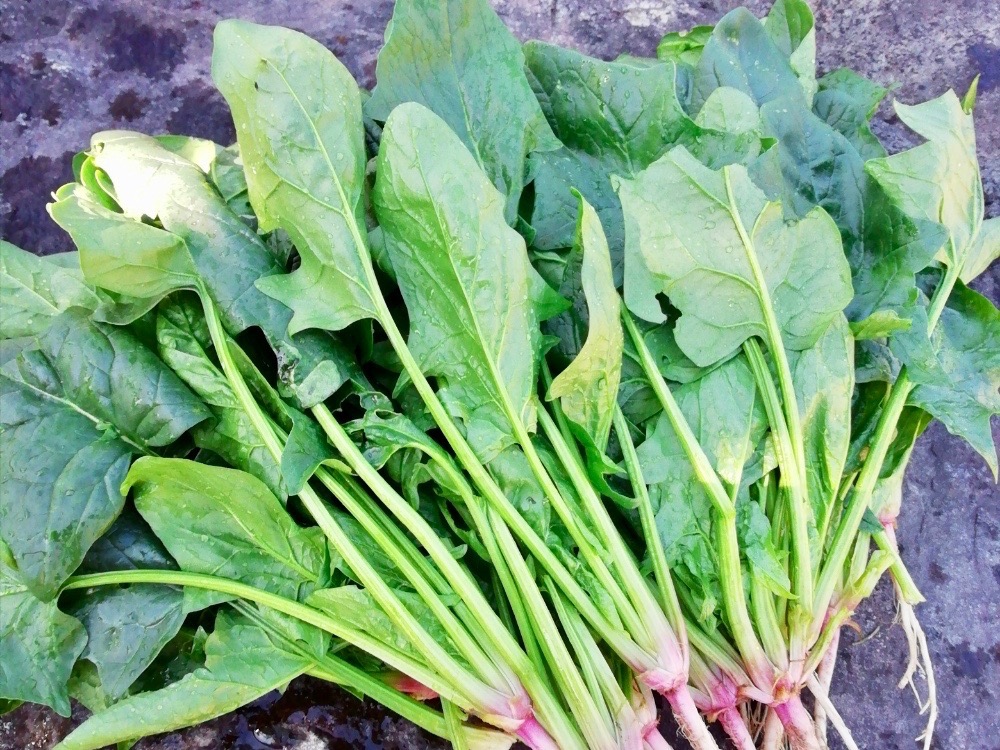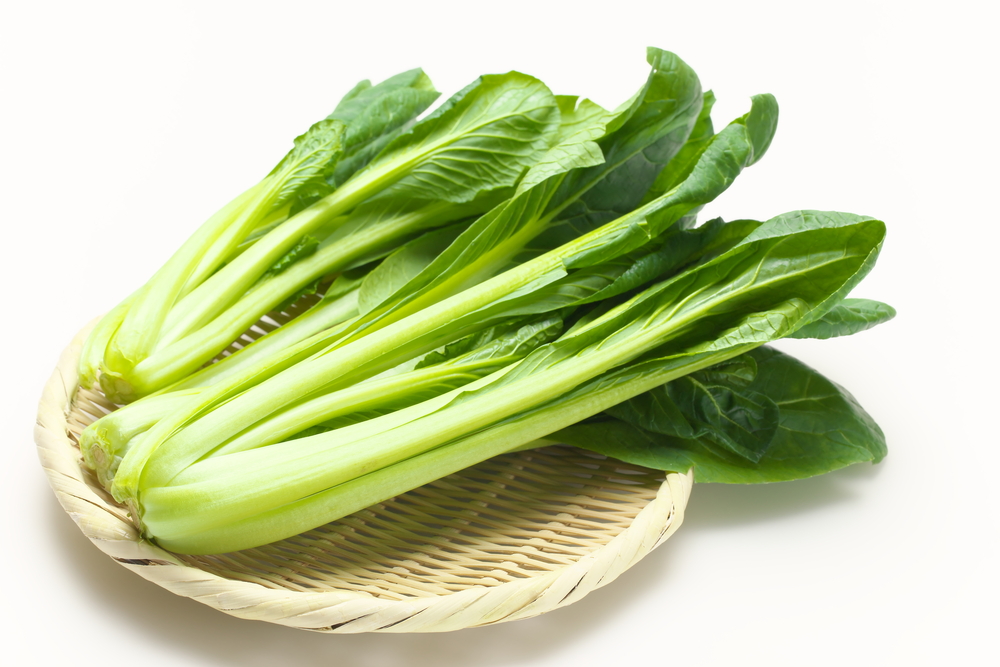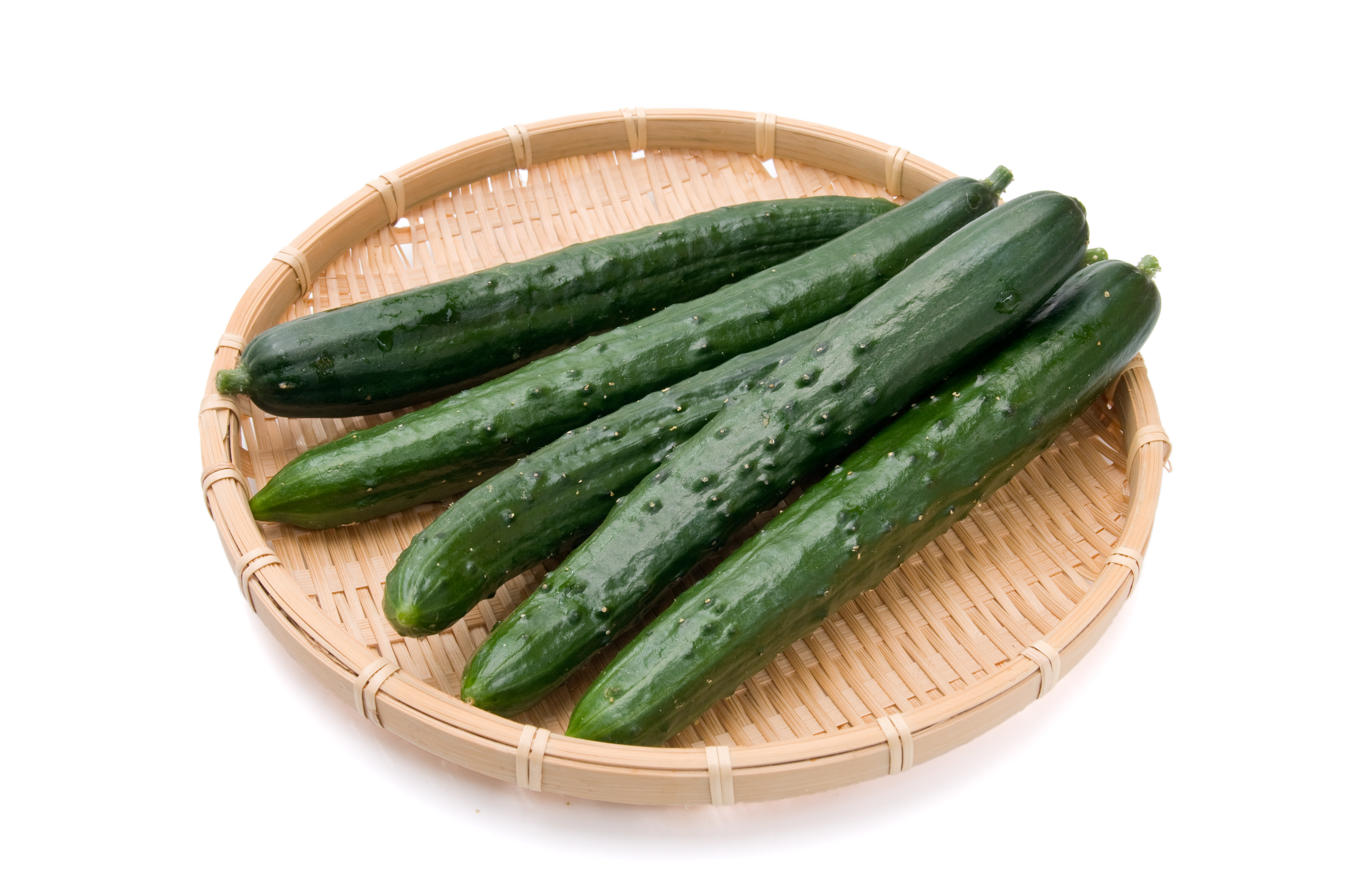Some vegetables in Japan may look different from what you are familiar with. Here, we will introduce vegetables that are often found in Japanese supermarkets and have different shapes and sizes depending on the country.
ピーマン (Peeman) – Green peppers




Peeman is one of the varieties of pepper, but it is less spicy and has a bitter taste. In Japan, it is eaten in an immature green state. Similarly, non-spicy varieties of peppers (Bell peppers) that are mature and colored red or yellow are called パプリカ (paprika) in Japan.
Compared to paprika, peeman peppers are smaller and elongated in shape, with thin skin and a dark green color.
茄子/なす(Nasu) – Eggplant


Japanese eggplants are deep purple and are generally 12 to 15 cm long. Many of them are grown in greenhouses, so they are shipped almost all year round. They are cooked in a variety of ways such as in miso-soup, pickled, and grilled eggplant(yakinasu).
ほうれん草/ほうれんそう(Horenso)・小松菜/こまつな(Komatsuna) – Spinach・Japanese mustard spinach
Spinach is called horenso in Japanese but on the other hand there is another similar leaf vegetable called “Japanese mustard spinach” or komatsuna.




The difference between spinach and komatsuna is easy to tell by appearance. You can distinguish by looking at their roots. The roots of spinach are thin and red, but for komatsuna, they are thick and whitish. Komatsuna has a thicker and whitish stem as well.
きゅうり(Kyuri) – Cucumber


Many Japanese cucumbers are thinner and darker green than cucumbers that are common in the West. The skin is thin and the seeds are very small and soft, so you can eat it without peeling. It is often eaten raw in salad, and may also be pickled.
